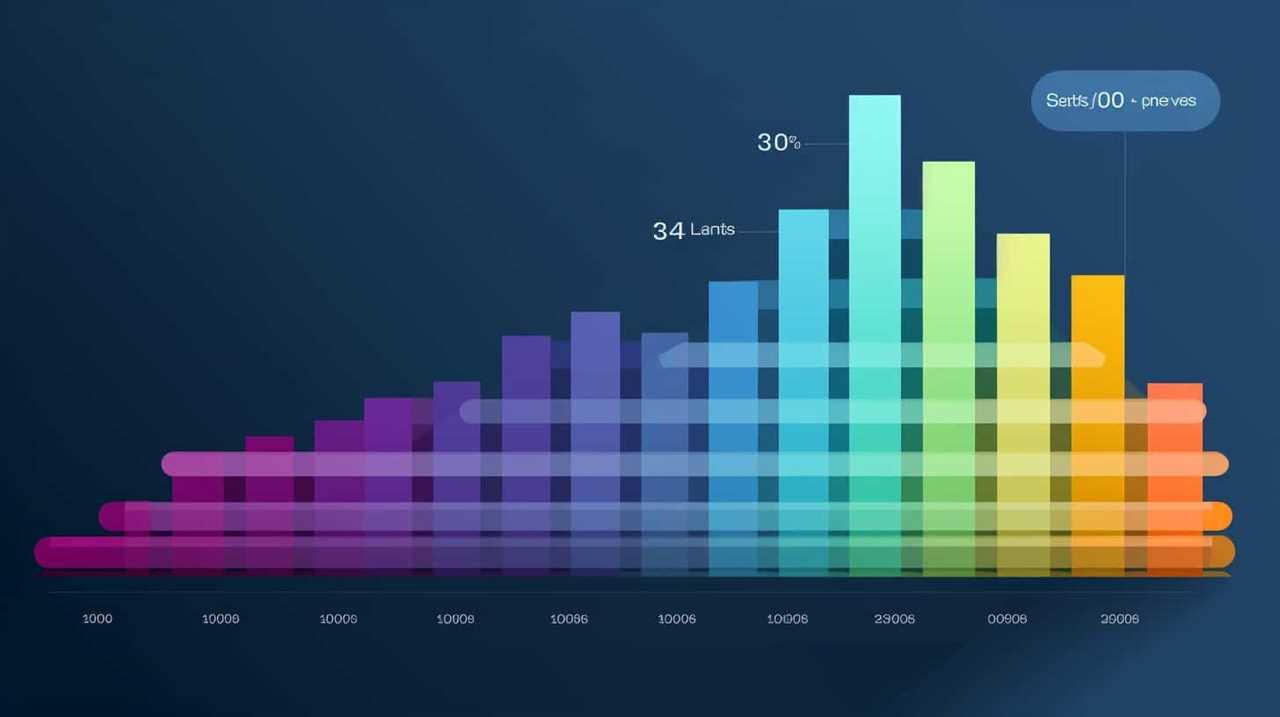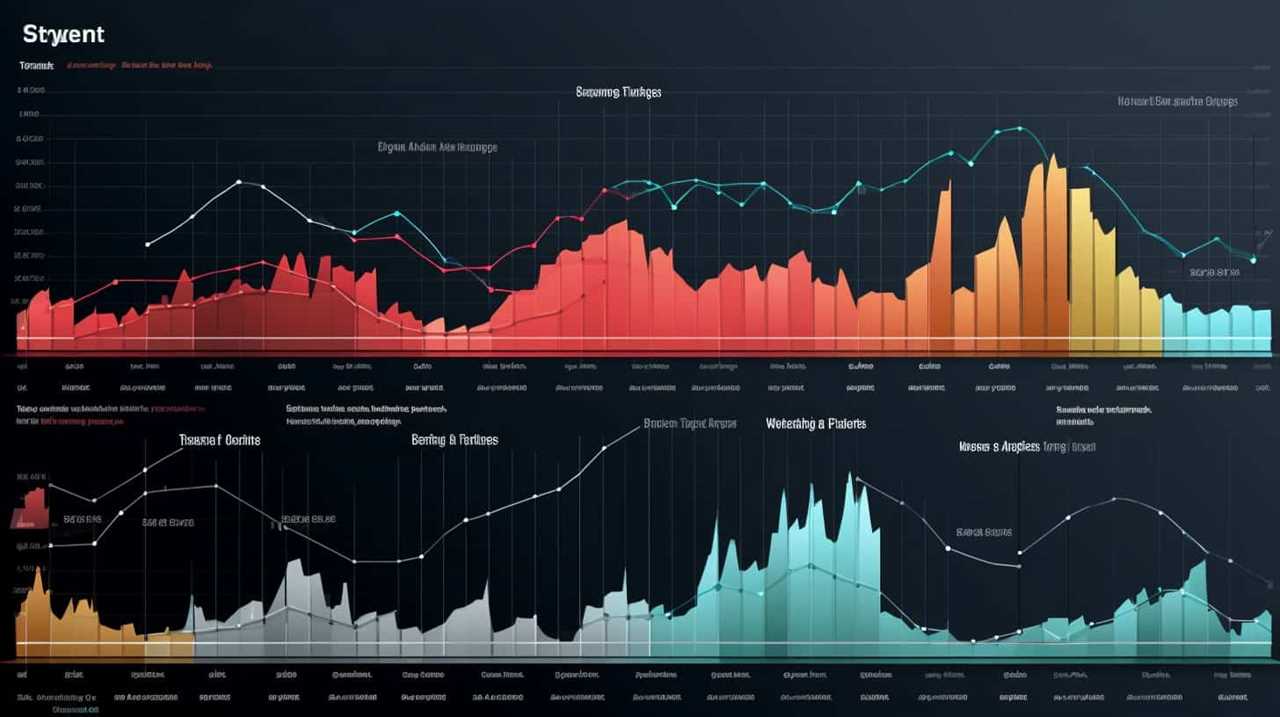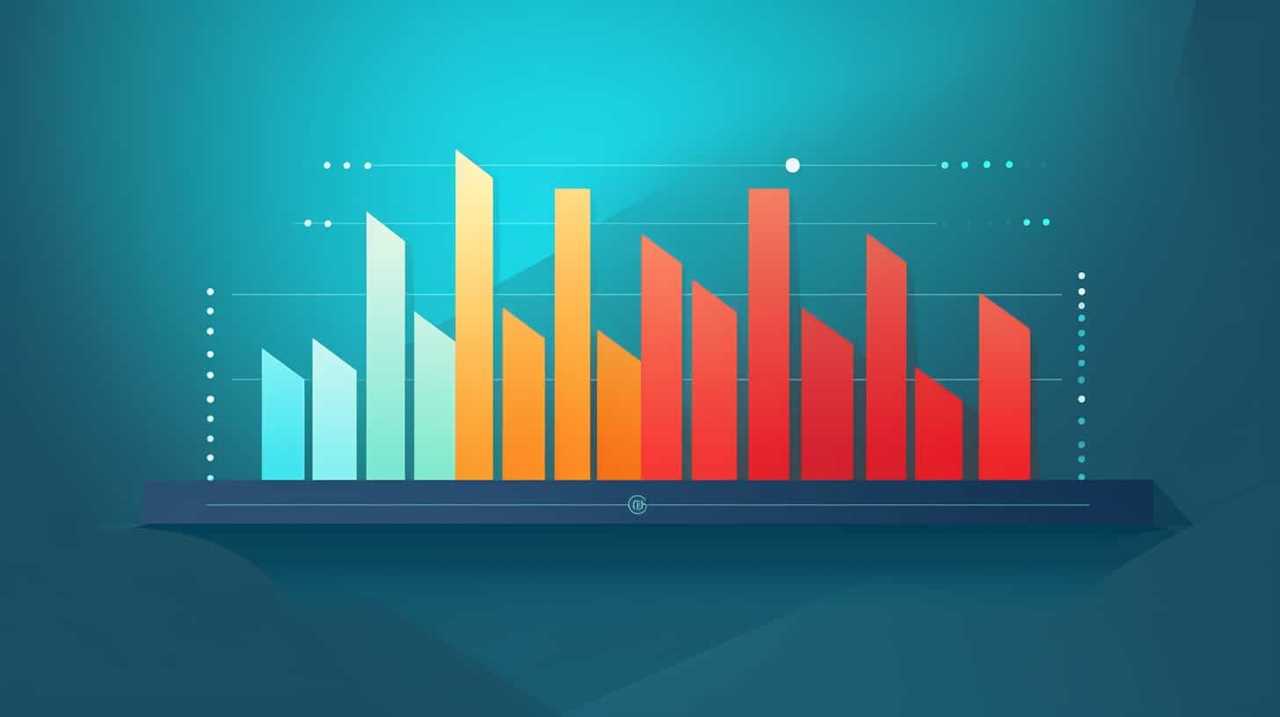Eager to take your technical SEO skills to the next level? We’ve got all the resources you require.
In this guide, we’ll show you exactly how to improve your website’s performance and rankings. From understanding search engine algorithms to conducting a comprehensive audit, optimizing website structure and navigation, and implementing proper URL structure, we’ll walk you through the essential steps.
Get ready to master the art of technical SEO and propel your website to new heights. Let’s dive in!
Key Takeaways
- Understanding search engine algorithms is crucial for improving search engine rankings and increasing organic traffic.
- Conducting a comprehensive technical SEO audit helps identify and address technical issues that may hinder search engine visibility.
- Optimizing website loading speed by compressing images, resizing them appropriately, implementing lazy loading, and leveraging browser caching can significantly improve website performance.
- Enhancing website structure and navigation, including optimizing URL structure, metadata, and on-page elements, can enhance accessibility, discoverability, and overall SEO performance.
Understand Search Engine Algorithms
In this article, we’ll explore how we can improve technical SEO by understanding search engine algorithms.

To achieve higher search engine rankings and increase organic traffic, it’s essential to have a deep understanding of how search engines work. Search engine algorithms are complex mathematical formulas that determine the relevance and ranking of websites in search results.
By comprehending these algorithms, we can optimize our websites to meet their criteria and improve our chances of ranking higher. This involves staying up-to-date with algorithm updates, analyzing data, and implementing strategies that align with search engine guidelines.
Conduct a Comprehensive Technical SEO Audit
When conducting a comprehensive technical SEO audit, there are key audit areas that should be focused on.
These areas include:

- Website structure
- URL optimization
- Meta tags
- Header tags
- Internal linking
- Site speed
Key Audit Areas
To conduct a comprehensive technical SEO audit, we begin by examining the key audit areas. These areas are crucial for improving search engine indexing and optimizing keyword research and optimization.
Here are the key audit areas to focus on:
- Site architecture: Assess the organization and structure of your website, ensuring it’s easy for search engines to crawl and index.
- On-page optimization: Analyze each page’s title tags, meta descriptions, URL structures, and header tags to ensure they’re optimized for relevant keywords.
- Site speed and performance: Evaluate your website’s loading speed and overall performance to enhance user experience and search engine rankings.
- Mobile optimization: Verify if your website is mobile-friendly and responsive, as mobile optimization is vital for ranking well in search results.
- Technical errors: Identify and fix any technical issues such as broken links, duplicate content, and crawl errors that may hinder search engine visibility.
Actionable SEO Recommendations
Now let’s delve into the actionable SEO recommendations we can implement as we conduct a comprehensive technical SEO audit.
To improve our SEO strategy, we should start with thorough keyword research. By identifying relevant keywords that align with our target audience’s search intent, we can optimize our website’s content and metadata accordingly.

Additionally, we should focus on optimizing our website’s structure and navigation. This includes improving page load speed, implementing proper URL structures, and ensuring mobile responsiveness.
Conducting a thorough crawl of our website can help identify any technical issues such as broken links, duplicate content, or missing metadata. By addressing these issues promptly, we can improve our website’s visibility and rankings in search engine results pages.
Improve Website Loading Speed
One effective method for improving website loading speed is optimizing image sizes. By reducing the file size of images, we can significantly increase website performance and optimize page load time.
Here are five techniques to achieve this:

- Compress images: Utilize image compression tools to reduce file size without compromising quality.
- Resize images: Scale images to the appropriate dimensions for display on different devices.
- Use the correct image format: Choose the most suitable format (such as JPEG, PNG, or SVG) based on the image content.
- Implement lazy loading: Load images only when they’re visible to users, reducing initial page load time.
- Leverage browser caching: Set expiration dates for images to be cached by the user’s browser, enabling faster subsequent visits.
Optimize Website Structure and Navigation
As we optimize technical SEO, it is crucial to enhance website structure and navigation for improved user experience and search engine visibility. A well-structured and easy-to-navigate website not only helps users find the information they need quickly but also allows search engine crawlers to easily index and understand your content. To achieve this, two key strategies should be employed: improving crawlability and increasing internal linking.
Improving crawlability involves ensuring that search engine crawlers can access and index all the pages on your website. This can be achieved by creating a clear and logical website structure, using XML sitemaps, and optimizing robots.txt files. By doing so, you can ensure that search engines can easily discover and index your content.
Increasing internal linking is another effective strategy for optimizing website structure and navigation. By linking relevant pages within your website, you not only help users navigate through your content but also provide search engines with valuable signals about the importance and relevance of your pages. This can boost your search engine rankings and improve overall visibility.
To summarize, optimizing website structure and navigation is crucial for improving user experience and search engine visibility. By improving crawlability and increasing internal linking, you can enhance the accessibility and discoverability of your content, leading to better SEO performance.

| Strategies for optimizing website structure and navigation |
|---|
| Improve crawlability |
| Increase internal linking |
Implement Proper URL Structure and Canonicalization
To continue optimizing website structure and navigation, we’ll now address the importance of implementing proper URL structure and canonicalization.
Proper URL structure plays a crucial role in improving technical SEO. Here are some key points to consider:
- Optimize redirects: Ensure that your redirects are implemented correctly and efficiently, minimizing any negative impact on SEO performance.
- Enhance internal linking: Create a logical and organized internal linking structure to help search engines understand the hierarchy and importance of your website’s pages.
- Canonicalization: Implement canonical tags to indicate the preferred version of a webpage when there are multiple URLs with similar content.
- Consistent URL format: Use a consistent URL structure that’s easy to understand and follow, helping users and search engines navigate your website.
- Remove unnecessary parameters: Identify and remove any unnecessary parameters from your URLs to prevent duplicate content issues and improve crawlability.
Optimize Metadata and On-Page Elements
Now let’s move on to optimizing metadata and on-page elements to further improve our technical SEO.
To improve keyword research, we should focus on identifying relevant and high-volume keywords that align with our content and target audience. This involves analyzing search trends, competitor analysis, and using keyword research tools to uncover valuable keywords for our website.

Another important aspect of optimizing on-page elements is to optimize image alt tags. Alt tags provide a description of images to search engines, helping them understand the content and context of the image. By including relevant keywords in alt tags, we can improve the visibility of our images in search engine results and potentially drive more organic traffic.
Utilize Structured Data Markup
Moving forward with our discussion on optimizing metadata and on-page elements, let’s explore the importance of utilizing structured data markup in improving technical SEO.
Implementing rich snippets and leveraging schema.org are key strategies in maximizing the visibility of your website in search engine results pages (SERPs). Here are five reasons why structured data markup is essential for technical SEO:
- Enhanced visibility: By implementing rich snippets, you can provide search engines with more context about your content, making it more likely to appear prominently in SERPs.
- Improved click-through rates: Structured data markup allows you to include additional information like reviews, ratings, and pricing, making your search listings more appealing to users.
- Better understanding of content: Search engines can better understand the meaning and relationship of different elements on your website through structured data markup, leading to improved rankings.
- Voice search optimization: Structured data markup helps search engines understand and present your content in voice search results, enhancing your chances of being featured.
- Future-proofing your website: As search engines continue to evolve, structured data markup ensures that your website remains relevant and adaptable to new technologies and search features.
Enhance Mobile-Friendliness and Responsiveness
Implementing mobile-friendly design and ensuring responsiveness is crucial for enhancing technical SEO. Mobile optimization is a key factor in today’s digital landscape, with more and more users accessing websites through their smartphones and tablets. Having a mobile-friendly design not only improves the user experience but also helps search engines understand and index your website more effectively.

A responsive website adapts to different screen sizes and resolutions, ensuring that your content is easily accessible and readable across devices. This is essential for improving user experience and reducing bounce rates. Mobile optimization and responsiveness contribute to faster page load times, which is another important ranking factor for search engines.
To enhance mobile-friendliness and responsiveness, focus on creating a clean and intuitive mobile design, optimizing images and videos for mobile, and using responsive design frameworks. Regularly test your website on different devices and optimize it based on user feedback and analytics data.
Frequently Asked Questions
How Can I Optimize My Website for Voice Search?
To optimize our website for voice search, we need to focus on voice search optimization and the ranking factors that influence it. By understanding these factors, we can make data-driven decisions to improve our website’s performance in voice search results.
Incorporating keywords relevant to voice search optimization and ensuring our content is concise and keyword-focused will help us appeal to an audience that desires mastery in this area.

Let’s dive deeper into the strategies and tactics for optimizing our website for voice search.
What Are the Best Practices for Optimizing Images on My Website for Seo?
When it comes to optimizing images for SEO, there are a few best practices that can significantly improve your website’s performance.
First, focus on image compression to reduce file sizes without sacrificing quality. This will help improve page load speed and user experience.
Second, ensure that your alt text is optimized with relevant keywords that accurately describe the image.

These practices are essential for improving your website’s search engine visibility and driving organic traffic.
Is It Necessary to Include Keywords in the URL for Better Seo?
Including keywords in the URL can have a positive impact on SEO. It helps search engines understand the content of the page and improves its relevance for targeted keywords.
Keyword research is crucial in identifying the most relevant and high-performing keywords to include in the URL.
On-page optimization, including URL optimization, is an important aspect of overall SEO strategy. It’s essential to ensure that the keywords used in the URL align with the content and intent of the page for optimal results.

How Do I Create a Sitemap for My Website?
Creating a sitemap for our website is an essential step in optimizing our SEO strategy. Sitemap generation helps search engines understand the structure and content of our site, improving indexing and visibility.
What Are the Implications of Using Duplicate Content on My Website for Seo?
When it comes to the implications of using duplicate content on SEO, there are a few key strategies to consider.
Duplicate content can negatively impact your website’s search engine rankings and visibility. To avoid this, we recommend regularly auditing your site for duplicate content and implementing canonical URLs.
Additionally, creating unique and valuable content can help differentiate your website from others and improve your SEO performance.

Conclusion
In our quest to improve technical SEO, we’ve delved into the intricacies of search engine algorithms and conducted thorough audits. We have optimized website loading speed, structure, and navigation, implemented proper URL structure and canonicalization, and enhanced metadata and on-page elements. Additionally, we have utilized structured data markup and boosted mobile-friendliness and responsiveness.
Our data-driven approach and keyword-focused strategies have paved the way for a digital landscape that’s finely tuned and primed for success. Let’s now reap the rewards of our labor and witness the exponential growth that awaits us.










